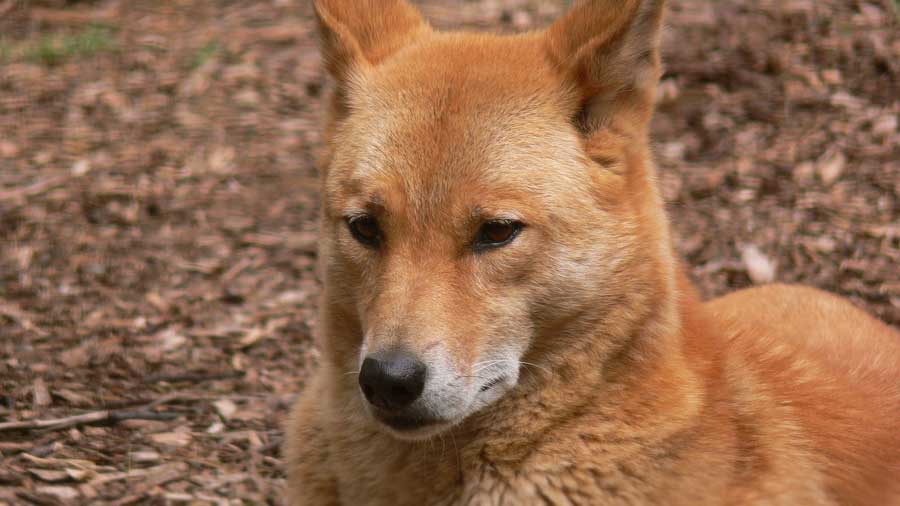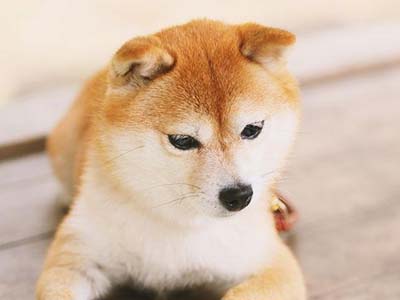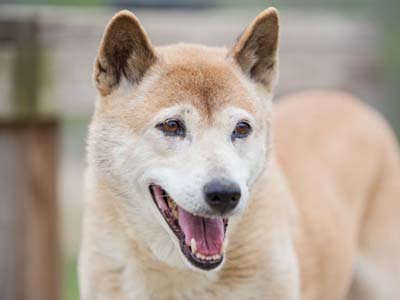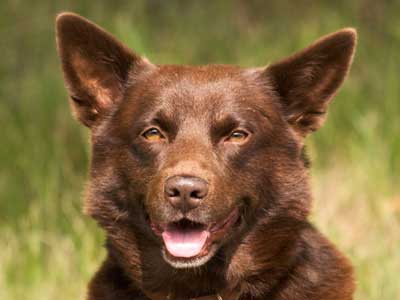Dingo
Breed Information |
|
|---|---|
| Popularity |
2022: # 2021: # 2020: # 2019: # 2018: # 2017: # 2016: # 2015: # |
| Name | Dingo |
| Other names | Australian Dingo, Australian Native Dog, Maliki, Warrigal, Noggum, Mirigung, Boolomo |
| Origin |  Australia Australia |
| Breed Group | None |
| Size | Medium |
| Type | Purebred |
| Life span | 16-20 years |
| Temperament |
Agile Aloof Cooperative Loyal Restless |
| Height | 19-23 inches (48-58.5 cm) |
| Weight | 50-70 pounds (23-32 kg) |
| Colors |
Yellow White |
| Litter Size | 2-8 puppies |
| Puppy Prices |
Average (Unknown)
|
Breed Characteristics |
|
|---|---|
| Adaptability |
5 stars |
| Apartment Friendly |
1 stars The Dingo is not recommended for apartment life. They are wild dogs that if taken into a family, must not be chained up in a backyard, but should be taken in as part of the family. A securely fenced enclosure is a must. A Dingo needs activity and space. As pets they should not be taken off the leash in a park. They can withstand hot climates. |
| Barking Tendencies |
2 stars Occassional |
| Cat Friendly |
3 stars |
| Child Friendly |
3 stars |
| Dog Friendly |
3 stars |
| Exercise Needs |
3 stars The Dingo is an undomesticated animal that should get plenty of exercise. When in captivity they need to be taken on a daily, long walk or jog, to satisfy their natural migration instinct, where the dog is made to heel beside or behind the person holding the lead, never in front, as in a dog's mind the leader leads the way and that leader needs to be the human. |
| Grooming |
1 stars The Dingo's weather-resistant coat takes care of itself. This breed has no doggie odor. |
| Health Issues |
2 stars Hypoallergenic: No |
| Intelligence |
3 stars Ranking: (N/A) Full Ranking List |
| Playfulness |
2 stars |
| Shedding Level |
3 stars Moderate Shedding: Routine brushing will help. Be prepared to vacuum often! |
| Stranger Friendly |
3 stars |
| Trainability |
3 stars |
| Watchdog Ability |
3 stars |
Dingo Names |
||
|---|---|---|
| Rank | Boy Names | Girl Names |
| 01 | Buddy | Molly |
| 02 | Riley | Bella |
| 03 | Toby | Coco |
| 04 | Baxter | Missie |
| 05 | Rocky | Abbie |
| 06 | Diesel | Pepper |
| 07 | Marley | Zoey |
| 08 | Oscar | Sandy |
| 09 | Jasper | Izzy |
| 10 | Bailey | Penny |
| 100 Cute Puppy Names › | ||
Overview |
|---|
|
The 'Dingo" (Canis dingo) is a wild canine found in Australia. Its exact ancestry is unknown, but dingoes are classified as their own unique canine species. The dingo is the largest terrestrial predator in Australia, and plays an important role as an apex predator. However, the dingo is seen as a pest by livestock farmers due to attacks on animals. Conversely, their predation on rabbits, kangaroos and rats may be of benefit to graziers. The Dingo has intense eyes that vary in color from yellow to orange. The very mobile, small, rounded ears are naturally erect. The well furred, appearing bushy, tail is relaxed and has good length. The hindquarters are lean and muscular. The coat is soft. Its length, density, and texture vary according to climate. Typical coat colors are yellow-ginger, but can occur in tan, black or white, including an occasional brindle; albinos have also been seen. All purebred Dingoes have white hair on their feet and tail tip. Unlike most other breeds, Dingoes do not have dewclaws. |
History |
|
The Dingo is legendary as Australia's wild dog, though it also occurs in Southeast Asia. The Australian animals may be descendents of Asian dingoes that were introduced to the continent some 3,000 to 4,000 years ago. Australia is home to so many of these animals that they are generally considered pests. A famous “dingo fence” has been erected to protect grazing lands for the continent's herds of sheep. It is likely that more dingoes live in Australia today than when Europeans first arrived. Though dingoes are numerous, their pure genetic strain is gradually being compromised. They can and do interbreed with domestic dogs to produce hybrid animals. Studies suggest that more than a third of southeastern Australia's dingoes are hybrids. |
References
- [1] ^ YouTube: Dingo Fast Food | Nat Geo Wild
- [2] ^ YouTube: Dingo: The King of Australia





